I will update project logs as I try new things. I based my process of the following YouTube video, it was very helpful getting started
DIY PCB with Photosensitive Film and Etchant
This is a place to keep my notes as I experiment with different processes in making PCBs using photosensitive film
 KSUdoubleE
KSUdoubleE
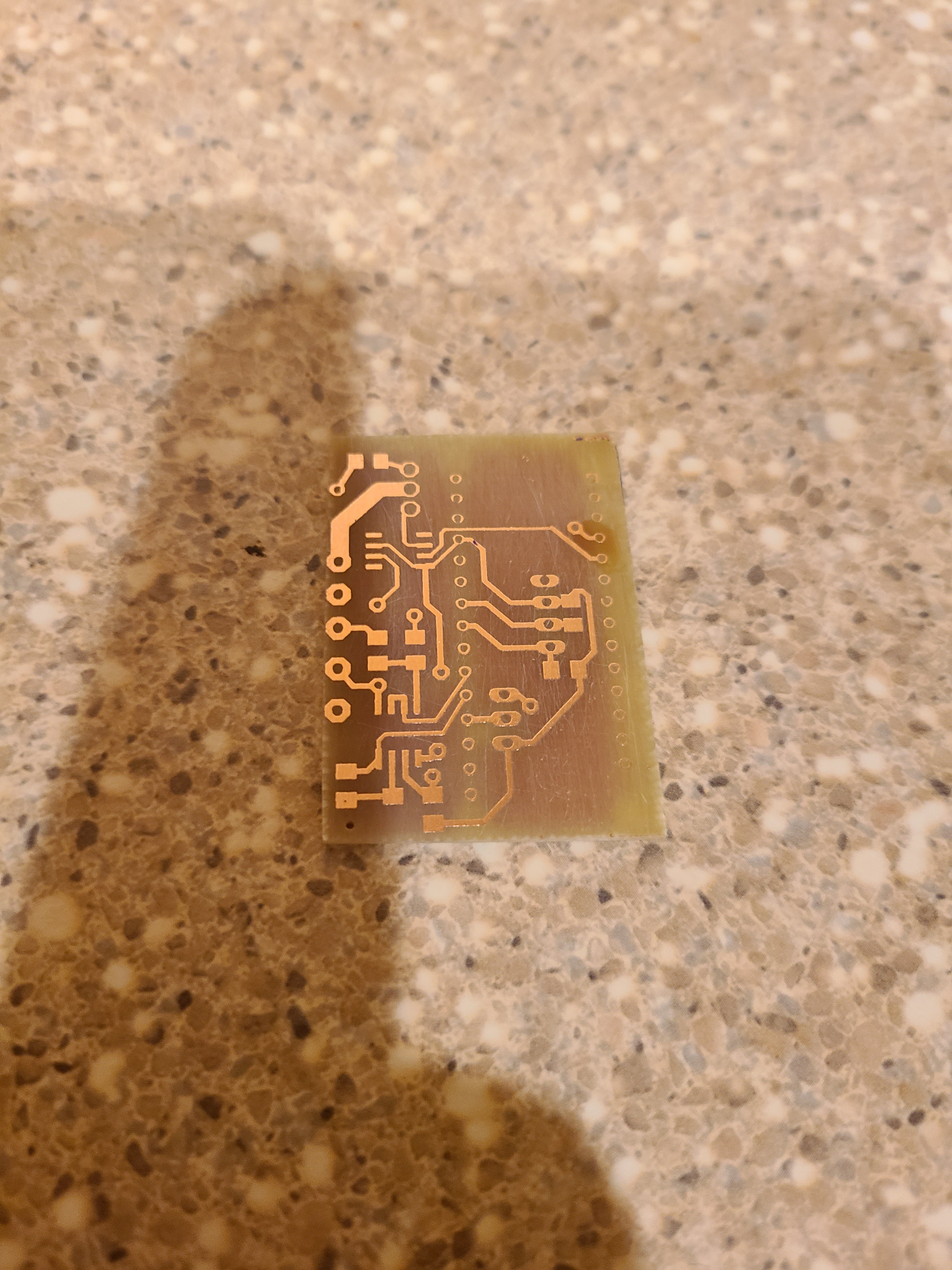
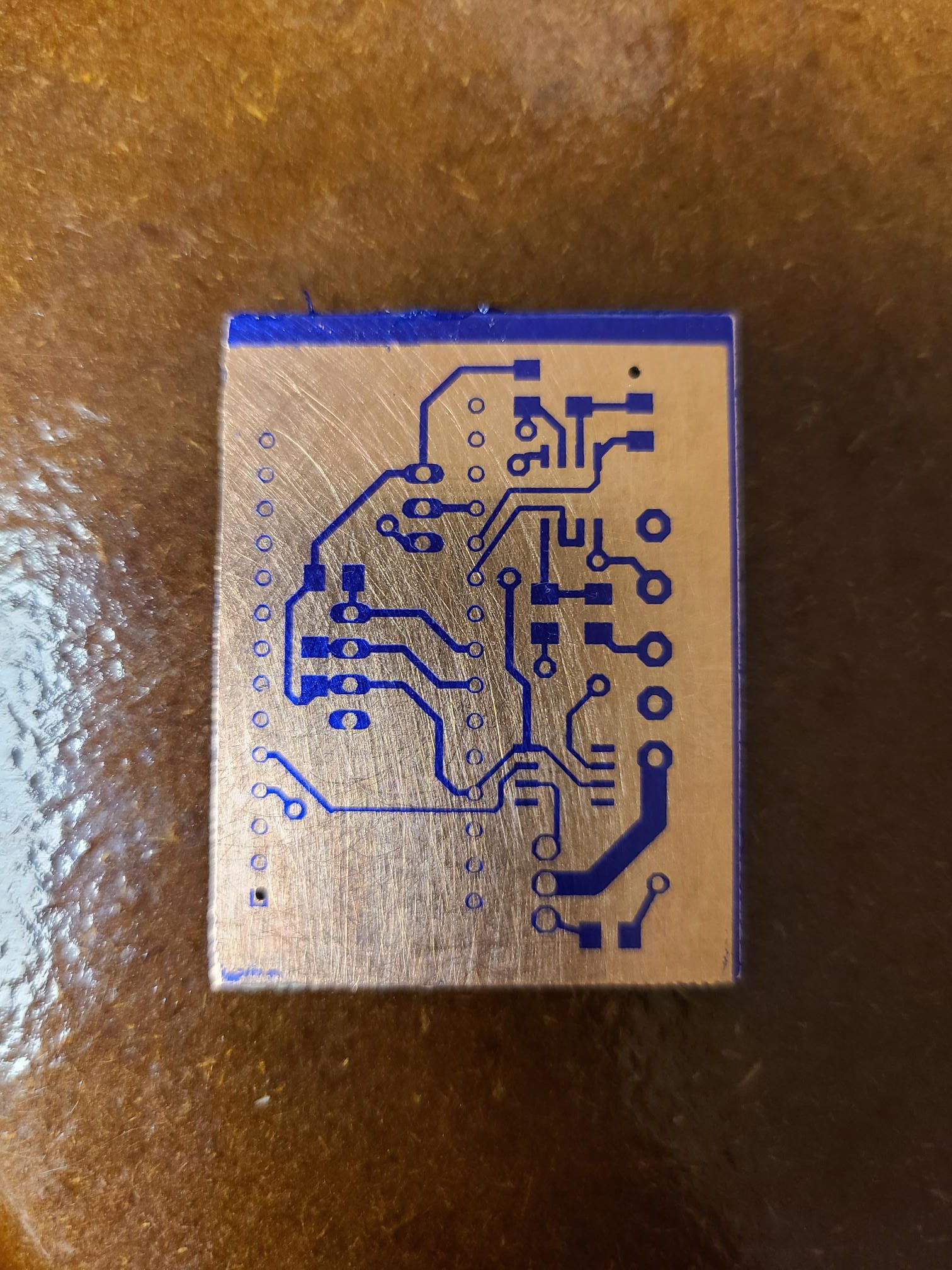
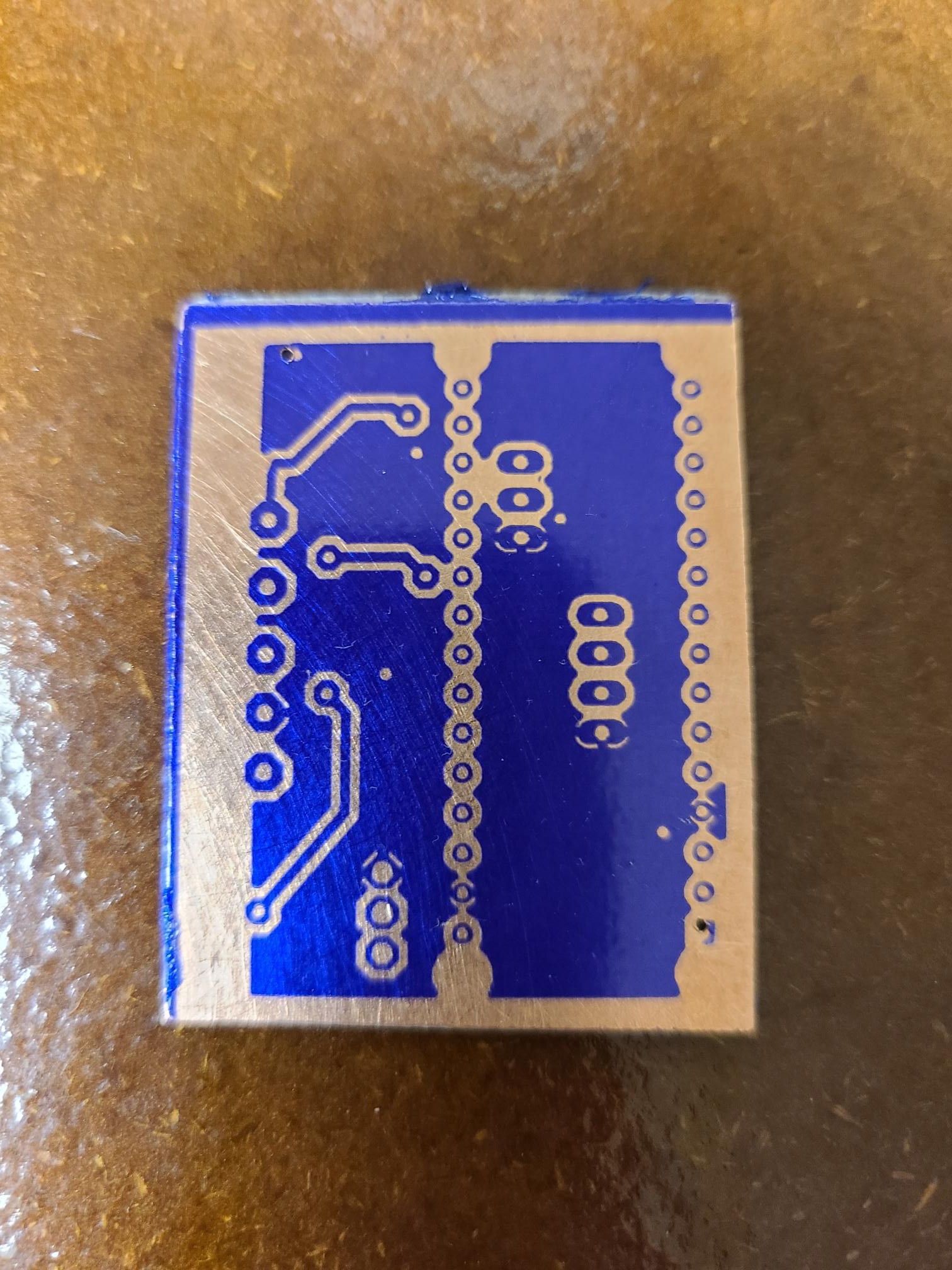
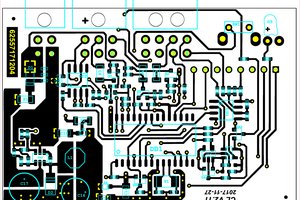
 Vladimir Todorov
Vladimir Todorov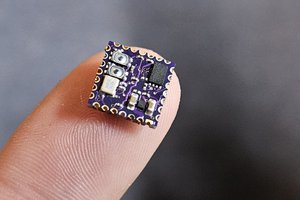
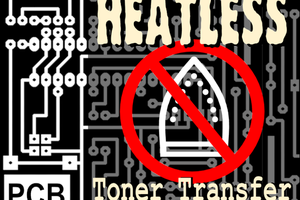
 SimpleTronic
SimpleTronic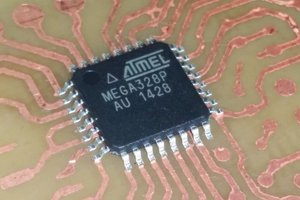
 fl@C@
fl@C@